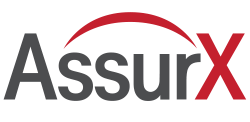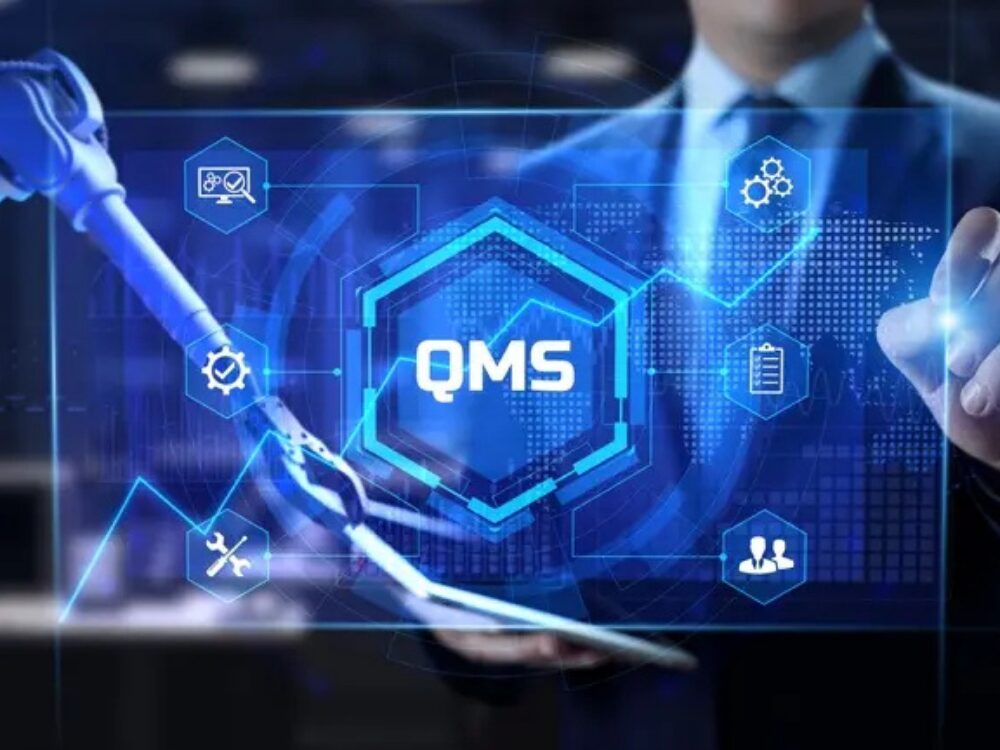November 20, 2025
When I worked as a supplier quality team lead, I spent a lot of time auditing suppliers. Almost from the moment I walked into a facility, I could usually tell pretty quickly whether they had a digital quality management system or were working with paper-based processes.
The difference was striking, and it affected everything from their confidence level to their audit outcome to whether they ultimately kept our business.
Today, this reality plays out constantly in life sciences, where CDMOs using manual quality systems lose contracts before they even make it to the negotiation table.
Below, we discuss why a digital QMS has become table stakes for CDMOs, and what they stand to gain by making the transition to digital quality management systems.
Free white paper: Learn how the FDA’s shift to Computer Software Assurance (CSA) can streamline your QMS implementation
Why Quality System Expectations Have Shifted
When I started my career in quality about 20 years ago, manual quality systems were still very much the norm. Companies could get by with paper-based systems, spreadsheets, and email chains.
But in this day and age, things are completely different.
Many pharma companies, for instance, now explicitly request digital QMS capabilities in their RFPs. The reason? They want transparency. They expect audit-ready information instantly, not a week later after you’ve pulled all your files together.
They can’t afford to wait, and they know they won’t have to, because if you can’t provide that transparency, the competition will have an EQMS that can.
The Auditor’s Perspective
To understand why life sciences companies choose CDMOs with an EQMS, consider the situation from the auditor’s point of view.
When I would ask to see a supplier’s quality manual during an audit, suppliers with digital systems could pull it up in a matter of minutes. They were able to answer questions clearly and confidently in the moment, provide the requested data efficiently, and demonstrate that they were maintaining their records well overall.
Suppliers with paper-based systems, on the other hand, tended to be more nervous. That’s because they knew that whatever I asked for, they were going to have to dig through binders, paperwork, and spreadsheets to find the answer.
The important thing to remember here is that auditors are human, too. When you give them the confidence that you have your systems, processes, and documentation together, they don’t dig as deep because they trust you’re doing things right.
But when CDMOs struggle to provide evidence, the auditor is likely to do a deeper dive because they’re worried about performance in other areas. It gives them that little bit of thread to pull on, which can sometimes unravel into larger findings.
How Manual Processes Put Contracts at Risk
In my experience, suppliers who didn’t do well on audits, whether over issues like missing training records or poor CAPA closure, didn’t always lose the business completely.
However, they did often see a reduction, because no customer wants to deal with a high-risk supplier.
The reason is because that risk extends beyond the supplier. When our company was audited, auditors didn’t just look at our process. They also looked at the reliability of our supplier’s processes. Any gaps could have a direct impact on our ability to secure and keep important contracts, making it essential that our suppliers run a tight ship as well.
What’s the Advantage for Build vs. Buy for EQMS
Especially for smaller companies, EQMS solutions can seem cost-prohibitive at first glance. As a result, some CDMOs try to build their own homegrown digital systems.
While this approach is better than using a paper-based quality system, companies need to consider the bigger picture. To truly make an apples-to-apples comparison, the cost of building a homegrown system should include the resources required to:
- Build the system in a way that ensures compliance.
- Perform ongoing maintenance on the system.
- Fix the system when it breaks.
- Answer questions about how to use the system.
In other words, you may save money up front, but you’ll likely end up paying for it later in time, money, and headaches.
There’s one more element missing from the homegrown approach, and that is the standardization and best practices that come with established EQMS platforms.
An EQMS tailored to life sciences companies will provide out-of-the-box processes and workflows developed over years of working with these companies. This gives you access to solutions tailored to industry-specific regulatory requirements and standards, including:
- Document control
- Training management
- Corrective and preventive action (CAPA)
- Complaint management and nonconformance reporting
- Automated regulatory submissions
When you build your own system, you’re essentially trying to recreate this from scratch while also running your manufacturing operations at the same time. It’s why many companies that start out with an internally built system eventually switch over to an EQMS platform.
The Digital EQMS Advantages
Conversations with CDMOs across life sciences reveal that the catalyst for moving to a digital QMS is equal parts external pressure and an internal drive for efficiency. Looking closer, it’s clear that what drives CDMOs to adopt an EQMS is often exactly what makes them more attractive to life sciences customers.
Below are some of the most impactful capabilities that a digital EQMS brings to the table, and why they matter both for improving operations and winning key contracts.
Audit Readiness
Audits can happen with very little notice, and in some cases, no notice at all. An EQMS helps CDMOs be ready for whatever auditors ask them, allowing them to instantly pull up requested information such as:
- Training records
- Supplier quality data
- Deviations
- CAPA records
One CDMO recently moved to a digital system after the organization kept failing audits due to missing training records. It’s something I saw frequently on the other side of the table when conducting supplier audits and spot-checking training records. For this manufacturer, it was the tipping point. When inefficiency threatens your business, change happens fast.
Beyond the speed factor, there’s also the instant confidence an EQMS gives you in a supplier audit. When you can answer questions clearly with data to back it up, that confidence translates into trust, and more business overall.
Finally, CDMOs often report that after implementing an EQMS, they can host fully remote audits where customers can review all documentation without being onsite. This approach can take a lot of stress out of the equation in terms of streamlining pre-work and reducing the time the auditors are actually in your facility.
Scalability
Companies need quality systems that can grow with them. Manual systems and homegrown solutions can easily collapse under pressure, especially when:
- Onboarding new clients
- Increasing production levels
- Preparing for clinical or commercial expansion
The EQMS facilitates growth by ensuring that workflows, training, and documentation are consistent as the organization scales. The key here is having a system that allows you to add users, integrate new processes, and standardize across sites without having to write code or revalidate entire systems.
Fewer Manual Errors
Driving consistency across the board is critical to positive quality outcomes, but manual systems by nature introduce variability. Data integrity issues, missed emails, and inadequate documentation are just a few of the risks where human error can have serious downstream impacts on customers, and where a digital EQMS helps by:
- Automating task assignments and escalating overdue actions
- Enforcing workflow logic to ensure teams handle issues consistently and thoroughly
- Standardizing data capture and forms to promote traceability and compliance with FDA and other regulations
Reducing human error, in turn, improves organizational performance on a larger scale, reducing cycle times and audit findings while strengthening client relationships.
Process Maturity
Perhaps not surprisingly, compliance remains the top driver for adopting a digital QMS. But while compliance may be a baseline expectation, process maturity is what wins contracts. Life science customers want to see that a CDMO has thought out their systems and run them with structure and accountability.
You’re going to win over customers a lot faster when you can demonstrate that maturity with:
- Core processes like document management, training management, and CAPA all in one place
- Clearly defined roles, expectations, and tasks documented in the QMS
- Standardized workflows for handling different types of events
- Complete, FDA-compliant audit trails that link actions across the quality system
Why a Digital QMS is Your Competitive Advantage
If you’re a CDMO, the truth is you simply can’t use email and paper-based systems anymore if you want to be competitive. The pharma and medical device companies evaluating you have digital systems, and they expect you to have them too.
More than just winning new contracts, it’s also about keeping the business you have. When customers visit your facility, they’re constantly assessing whether you’re a risk. If you are, the business they award you may be scaled back, if not eliminated completely.
With a robust EQMS in place, however, CDMOs can increase confidence, reduce risk, and earn the trust of customers. That’s how you win new contracts and protect the partnerships you’ve worked so hard to build.
Success story: Learn how one CDMO built an FDA-compliant, audit-ready EQMS with AssurX
About the Author
Stephanie Ojeda is Vice President of Product Management for the Life Sciences industry at AssurX. Stephanie brings more than 18 years of leading quality assurance functions in a variety of industries, including pharmaceutical, biotech, medical device, food & beverage, and manufacturing.


